- Home
- slideshows
- miscellaneous
- The world is spiraling toward a 'wartime economy.' Here's what experts say that will look like for America in 2020.
The world is spiraling toward a 'wartime economy.' Here's what experts say that will look like for America in 2020.
Many are touting the arrival of a "wartime economy" amid the coronavirus outbreak, including leading Democratic presidential candidate Joe Biden.

Amid the coronavirus outbreak, all bets are off with American business, like during wartime.
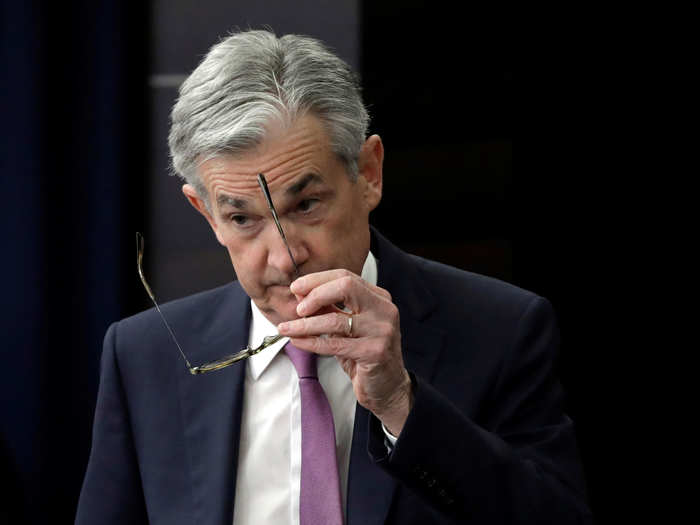
As the coronavirus pandemic spreads and the US economy tilts toward a recession, the US is taking actions similar to a nation preparing to fight a massive war.
The Federal Reserve slashed interests rates to nearly zero on Sunday, hoping to stimulate the economy, but the Dow has largely continued to slide. The number of coronavirus-related layoffs has sparked an unprecedented surge in unemployment claims.
The Fed also did something unusual on Sunday. Once a quarter, it typically spells out its expectations for everything from unemployment to interest rates in something called the Summary of Economic Projections. But that's not happening this time. In an emergency press conference Sunday, Fed Chairman Jerome Powell said the economic outlook "really is depending heavily on the spread of the virus, and the measures taken to affect it, and how long that goes on. And that's just not something that's knowable."
Those willing to forecast, like Deutsche Bank, say the coronavirus pandemic will usher in the worst global recession since at least World War II. New York investment banks including Goldman Sachs, JP Morgan and Morgan Stanley are all suddenly forecasting economic contractions, if not a recession, for an economic swoon that largely began weeks ago.
Corporations have thrown up their hands on forecasting. Hilton, American Airlines, Ford, and FedEx are some of the firms that withdrew their earnings estimates for 2020, meaning no one knows the extent to which the coronavirus pandemic will ravage the economy.
In World War II, governments created economic support packages and asked private industries to support the war effort.
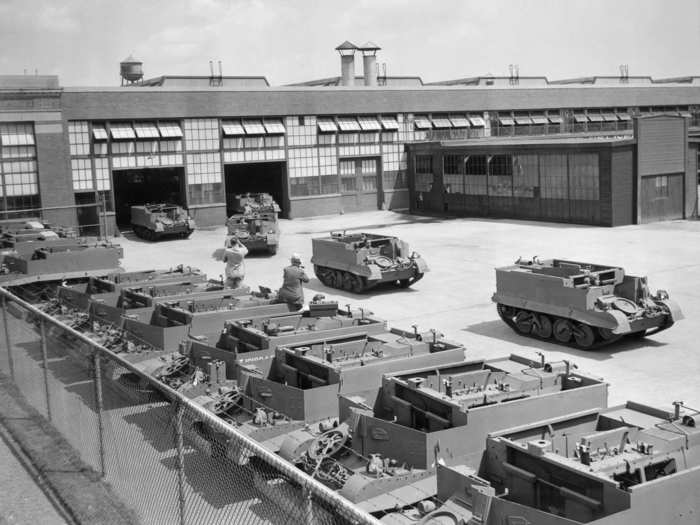
During World War II, the White House set the tone for the whole economy. It established what resources needed to be produced and then tasked private companies with providing them.
This resulted in companies like Ford fulfilling government orders for 300,000 vehicles, including tanks, for use during the war.
The government also raised taxes and borrowed bonds specifically to support the war effort. The Fed even bought bonds issued by the Treasury to finance economic support packages. The process, known as "monetization," has been used by governments for various purposes for many years, in recent times during the 2007-2009 financial crisis. Monetization has led to hyperinflation at its worst, but that is not the main concern right now, when social unrest is a concern from millions being suddenly thrown out of work, as reported by The New Yorker.
The US is slowly turning to the strategy of asking private industry for specific support — a major issue with today's pandemic is the need for medical equipment.
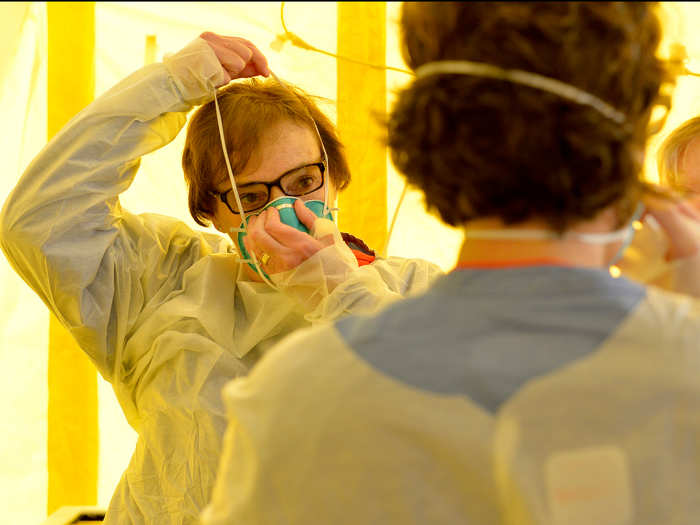
On Wednesday, Trump announced that the US would invoke a 1950s-era law called the Defense Production Act, which will ramp up production of necessary medical equipment such as masks and ventilators.
The law was initially passed during the Korean War, and authorizes the president to take actions to "force private industry to give priority to defense and homeland security contracts" and to "ensure the availability of the nation's industrial resources to meet the national security needs of the United States," according to the Congressional Research Service.
Many products created during wartime are still with us, like the Jeep.
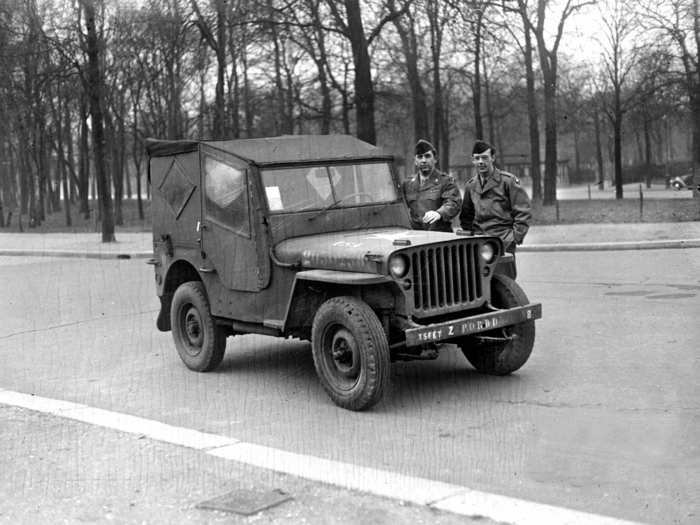
The original Jeep went into production in 1941 for military usage. It became the most commonly used four-wheeler by the US army during World War II, and went on to become a staple on American roads.
The Ray-Ban Aviator, one of the most recognizable pair of sunglasses in the world, has a similar creation story.
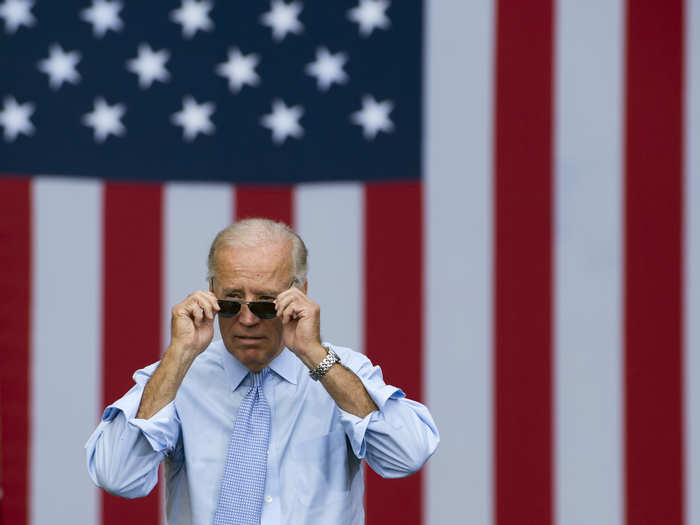
In the late 1930s, the US Army Air Corps Lieutenant General asked for a pair of sunglasses that would reduce nausea and headaches for pilots flying at high altitudes. That was the birth of the Ray-Ban Aviator, which became Joe Biden's favorite sunglasses model decades later.
A few decades earlier, "trench watches" came back with American GIs from World War I, a fashion that later became the now-ubiquitous personal wristwatch.
Today's wartime needs are different — the US is currently experiencing a severe shortage of N95 respirator masks.

Doctors in at least two New York hospitals are reusing their N95 respirator masks, which are tight-fitting masks effective at filtering out airborne particles, such as those that carry the coronavirus. These doctors are rewearing masks in order to conserve their already limited supply of protective gear.
The N95 respirators are notoriously hard to make, according to NPR. Even still, one of the US' largest private mask makers, Prestige Ameritech, has increased production from 250,000 to one million masks a day, and Honeywell, another large mask maker, previously told Business Insider that it was open to coordination with the US government.
Ventilators are also in short supply — and unexpected industries could start making them.
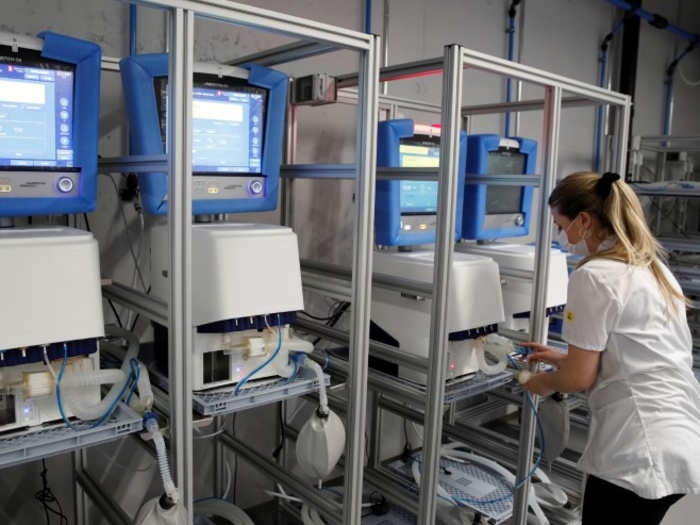
Hospitals in the US have roughly 160,000 ventilators, the medical equipment necessary to treat the worst coronavirus cases, according to The New York Times. On March 18, when President Trump called himself a "wartime president," Vice President Mike Pence said the US has a stockpile of more than 10,000 ventilators.
As the number of coronavirus cases climbs, life-saving ventilators become more and more important. General Motors and Ford are in talks with the Trump administration to begin building ventilators, even though both have closed their factories are closed until March 30. Elon Musk, the CEO of Tesla and SpaceX, also pledged to produce ventilators in case of a shortage on Twitter.
Trump's administration is also under pressure to increase coronavirus testing capacity.
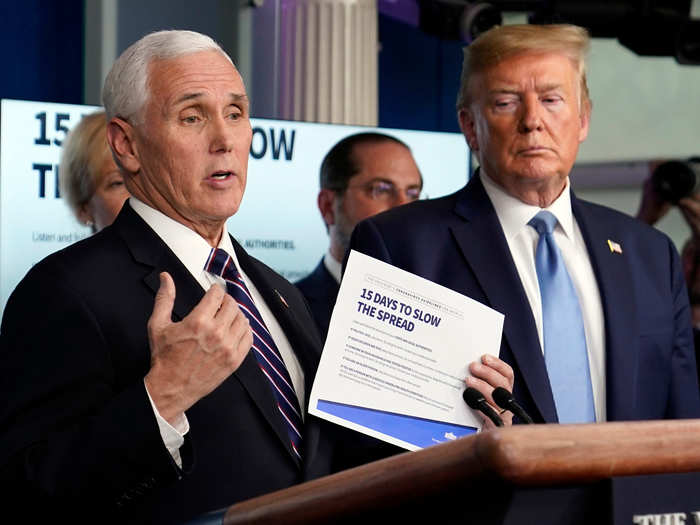
On Thursday, Trump said the White House had "slashed red tape" to develop coronavirus vaccines "as fast as it can possibly be done."
Trump announced that health officials are working on a "self-swab" coronavirus test and that more drive-through testing operations would be se up across the country to accelerate nationwide testing.
Trump also signed a coronavirus relief bill, granting free coronavirus testing and expanding unemployment insurance and sick days for a number of American workers. This specific bill is set to cost roughly $104 billion, and is not the only impending monetary relief.
There could also be a massive stimulus package on the horizon.
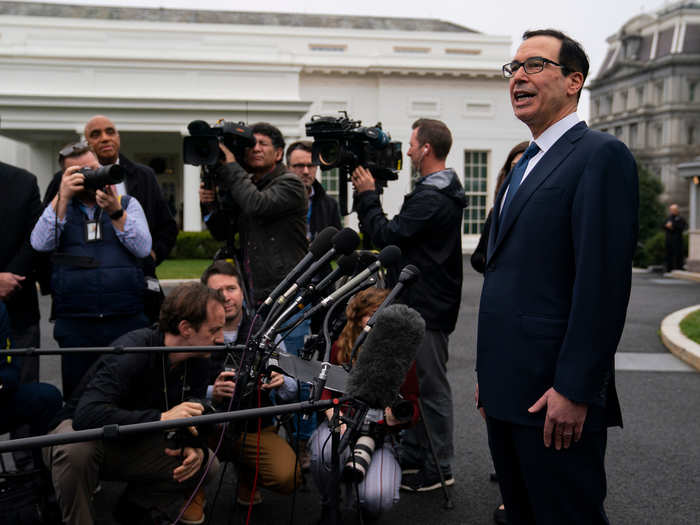
On Tuesday, Treasury Secretary Steven Mnuchin said the Trump administration wants to send direct cash payments to Americans as part of an economic stimulus package that could total $1 trillion.
The package also includes a $50 billion bailout for the airline industry and $500 billion to assist small businesses. The intervention is meant to stabilize the US economy as unemployment climbs as a result of mass layoffs, as communities practice social distancing to try to prevent a rapid spread of the virus.
Senate Republicans are close to agreeing on the deal, and will then negotiate with the Senate Democrats.
Popular Right Now
Popular Keywords
Advertisement